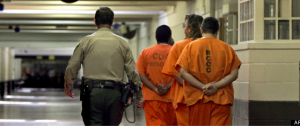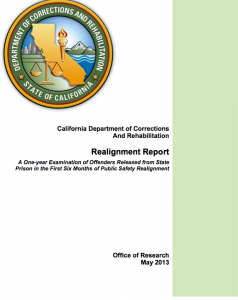January 20,2013
It’s disheartening to see the negligible amount of money that has been made available for rehabilitation and reentry programs under California’s Realignment Reform. Most of the state’s money comes from a discretionary realignment fund that counties can use to fund realignment projects as they see fit.
According to a report last year by the Stanford Criminal Justice Center, criminal justice critics say county leaders could have spent more of their new money on rehabilitation. In the first year of realignment, counties budgeted 16 percent of the $367 million they received from the state for services such as mental health and drug treatment (Sacramento Bee, Jan 14,2013).
(Sacramento Bee, Jan 14,2013).
“Leaders at the California State Association of Counties, the Chief Probation Officers of California and the California State Sheriffs’ Association say they need more money for job training, mental health care and substance abuse treatment.” But still the state overwhelmingly supports funding jail expansion at the expense of treatment and rehabilitation dollars. California’s new budget proposal plans to give counties $500 million for new jail space, on top of $500 million that is now being distributed through a competitive grant program.
Part of the problem is that the California Department of Corrections and Rehabilitation historically has not emphasized rehabilitation, Just 5 percent of department spending goes to programs and services for offenders,
And part of the problem is that counties are fearful of the political consequences of crimes committed by offenders serving prison sentences in jail facilities. According to the Sacramento Bee article,” Sixty percent of parolees released to counties from October 2011 through September 2012 were arrested for new offenses within 12 months of leaving prison, the same rate as a comparable population of parolees managed by the state the year before the law took effect.”
There are several promising provisions in the Governors new state budget that may have a substantial impact on those statistics. The budget proposal authorizes $81 million to go toward re-entry centers, mental health services and drug treatment for offenders.
Most significantly, the Budget proposal would require that all felony sentences served in county jails be split between jail time and mandatory supervision, unless a judge concludes that a split sentence is not in the interest of justice. That last provision promises to reverse the current trend, where judges across the state are overwhelmingly sentencing felons to county jail under AB109 for straight time (straight time may not include “mandatory supervision, basically community based supervision or probation).
Until the counties meet their responsibility to provide substantial rehabilitation resources and monitoring for prisoners released from jail under P.C. AB109, we are unlikely to see significant benefits from the transfer of felons from state prisons to county jails.



